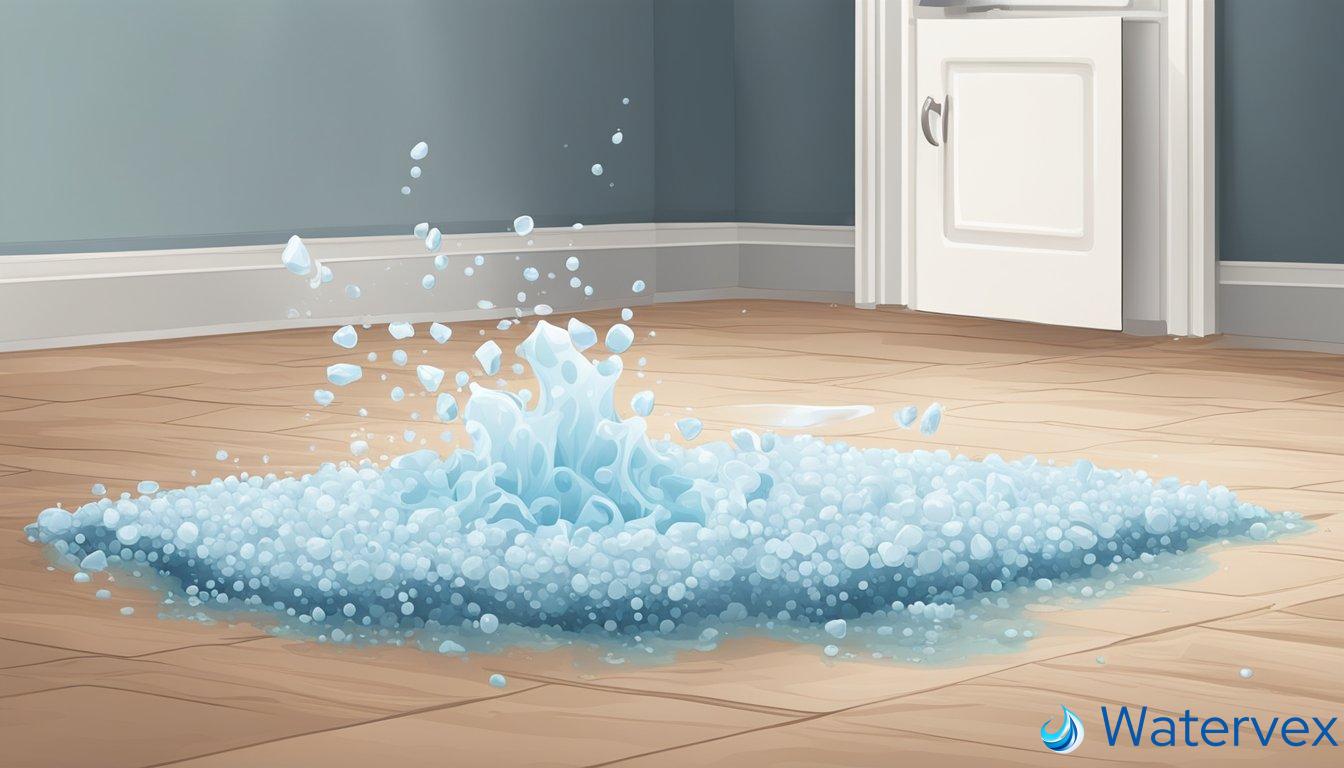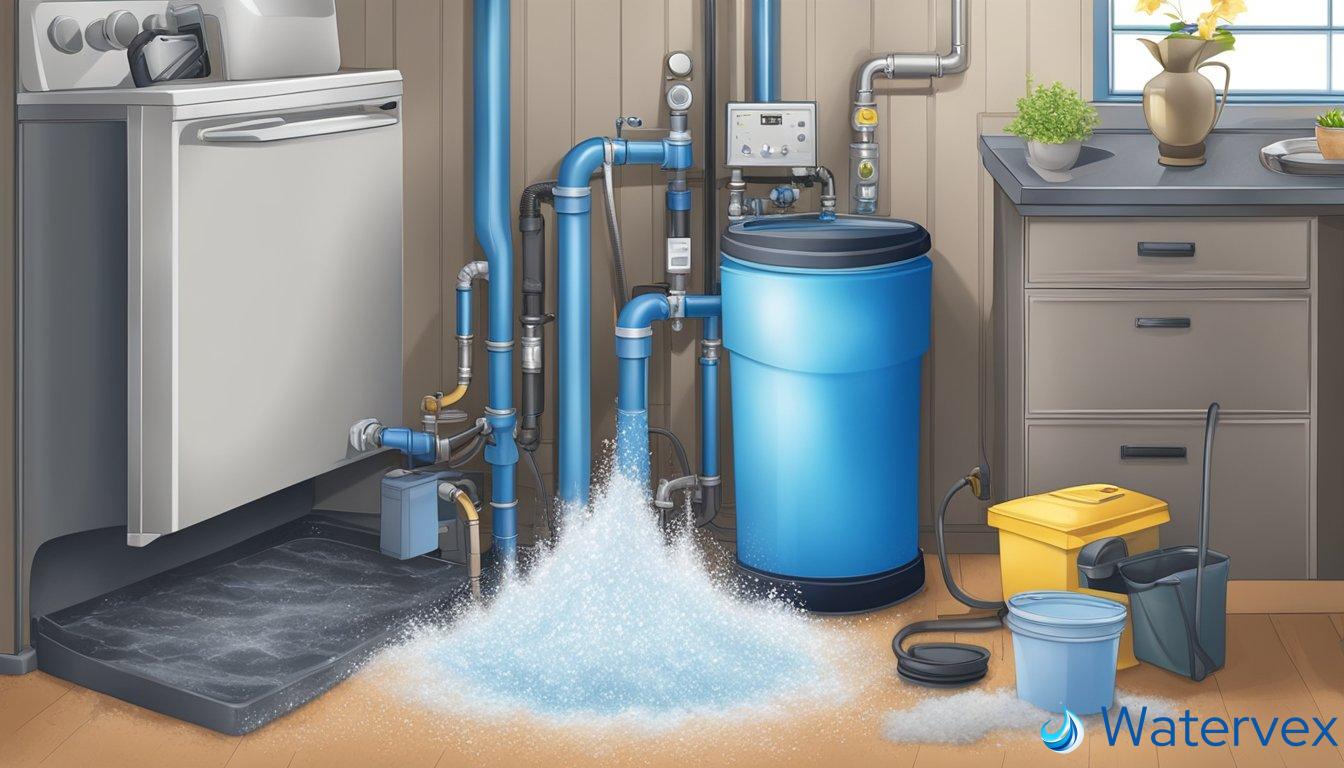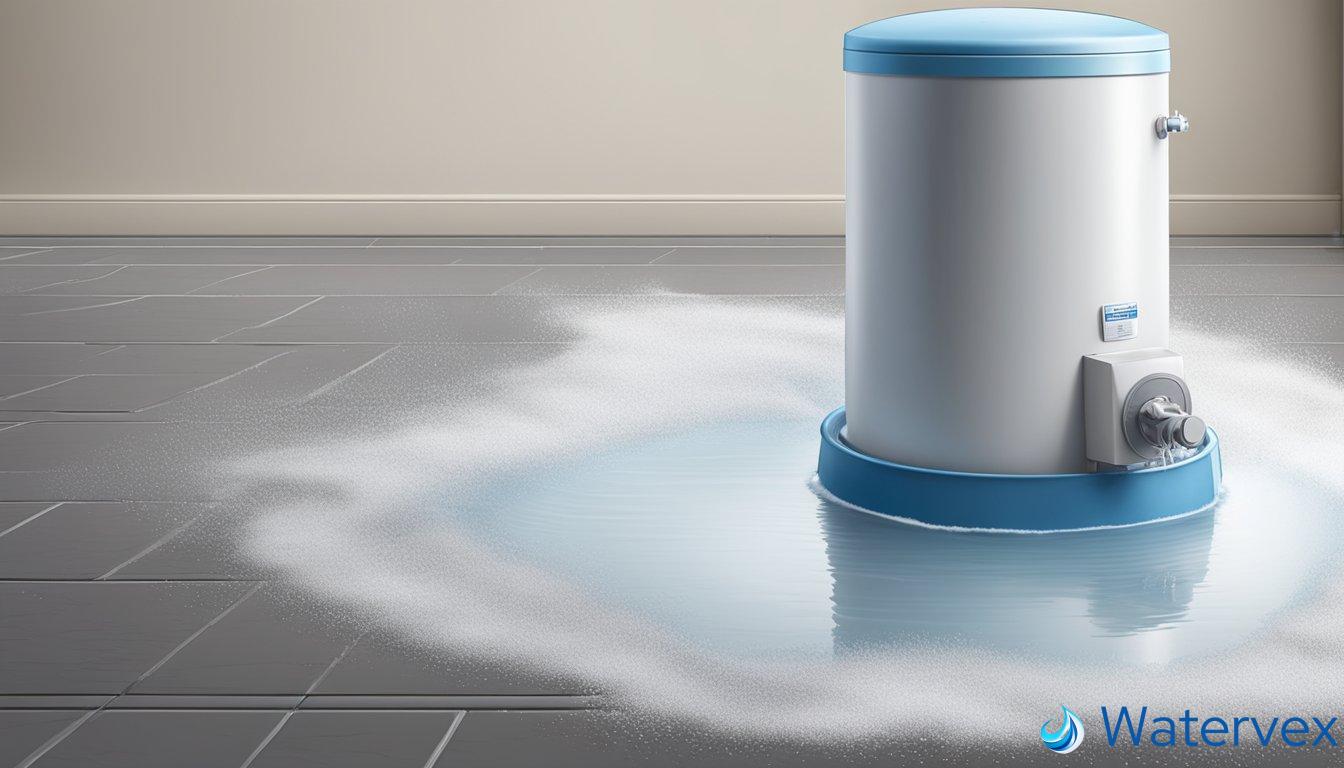When your water softener is using an excessive amount of salt, it can lead to inefficient operation and potential problems with water quality. The brine tank, which is essential for the ion exchange process converting hard water into soft water, might be affected by excessive salt, causing issues such as salt bridges or inefficient regeneration cycles. Understanding why your softener is consuming too much salt and how to manage it is key to maintaining both the efficiency and longevity of your water softening system.

Excessive salt in the brine tank doesn’t just hurt your wallet; it can also reduce the effectiveness of the ion exchange process—leading to less soft water. If your water doesn’t feel as soft, or you notice a rise in water hardness, these could be signs of a salt-heavy water softener. Correcting this imbalance involves checking for common problems like salt bridges or a malfunctioning control valve and adjusting your softener’s settings or maintenance routines accordingly.
Key Takeaways
- Excessive use of salt in a water softener can lead to costly inefficiencies.
- Keep an eye out for signals such as less soft water or higher water hardness.
- Addressing a salt-heavy softener includes checking for mechanic issues and adjusting settings.
Why Is My Water Softener Using Excessive Salt?
Investigating why your water softener may be consuming more salt than expected is key to ensuring efficiency and cost-effectiveness. Let’s break this down together.
Salt and Hardness Levels
First, consider the salt levels in relation to the hardness of your water. Calcium and magnesium minerals in hard water demand more salt during the regeneration process to effectively soften the water. If your water’s hardness has increased or if your program settings have been incorrectly adjusted, the system could potentially use more salt than necessary.
Resin Bed and Water Chemistry
Next, focus on the resin beads within the softener. The collective health of these beads influences how well they exchange ions during water treatment. Resin can degrade over time or become compromised due to high levels of iron or other water chemistry issues. This degradation may necessitate more salt to maintain soft water production.
Control Valve and Water Flow Issues
Lastly, check the control valve and overall water flow. The control valve dictates the cycles of water softener regeneration and if malfunctioning, could trigger additional cycles, thereby increasing salt usage. Additionally, irregularities in water flow may suggest valve blockages or malfunctions, warranting inspection and potential repair.
What Are the Implications of Over-Salted Softened Water?

When your water softener contains too much salt, it can lead to unexpected problems impacting your health, household systems, and even the environment.
Health and Environmental Concerns
Excessive salt in water from an overfilled water softener can inadvertently increase your sodium intake. This is particularly concerning if you’re on a sodium-restricted diet. Water with high sodium levels can have health implications, such as elevated blood pressure. Moreover, the excess salt that is flushed into the water system can harm plants and wildlife, disrupting local ecosystems.
Plumbing and Appliance Effects
Over-salted softened water may lead to inefficient water softener performance. It can cause salt bridges, which create blockages in the brine tank, preventing proper regeneration. This means minerals like calcium and magnesium are not properly removed, leading to scale buildup in pipes and appliances—shortening their lifespan and efficiency.
Water Quality and Tastiness
Your water’s taste can be significantly affected by high salt levels—the characteristic slickness often associated with softened water might become pronounced. Moreover, if the water softener is not operating correctly due to over-salting, you may notice that the water feels harder, and water consumption may become less enjoyable, affecting drinking and cooking water quality.
How Can I Correct a Salt-Heavy Water Softener?

Excessive salt consumption in your water softener can be costly and diminish the system’s efficiency. Specific adjustments and periodic maintenance can solve the issue.
Adjusting the Settings
Water hardness and personal usage differ per household. Re-evaluate the settings of your water softener to ensure they reflect actual needs. If you’re unsure, consult the manual; it typically provides guidance on configuring programming to match water usage patterns. After a power outage, remember to check that the settings haven’t reverted to default.
Resin Bed Maintenance
Adequate resin bed maintenance is crucial. This involves periodic cleaning to prevent blockages that could affect the water softener’s efficiency. Clean the resin bed at least once a year, and more often if you have iron-rich water. Flush it with a resin bed cleaner to remove contaminants that can clog the injector.
Regular Monitoring and Management
Regular monitoring of your system includes checking salt levels and looking for salt bridges or mushing — solid layers of salt forming in the brine tank. Gently tap down any encrusted salt to maintain an even dissolution. Also, keep the tank at least half full but not over three-quarters to avoid over-consumption and ensure there’s enough salt for regeneration but not so much that it mutes the system’s efficiency.
Remember, consistent maintenance is easier on the budget and ensures your water softener runs optimally.

